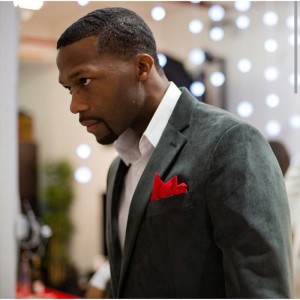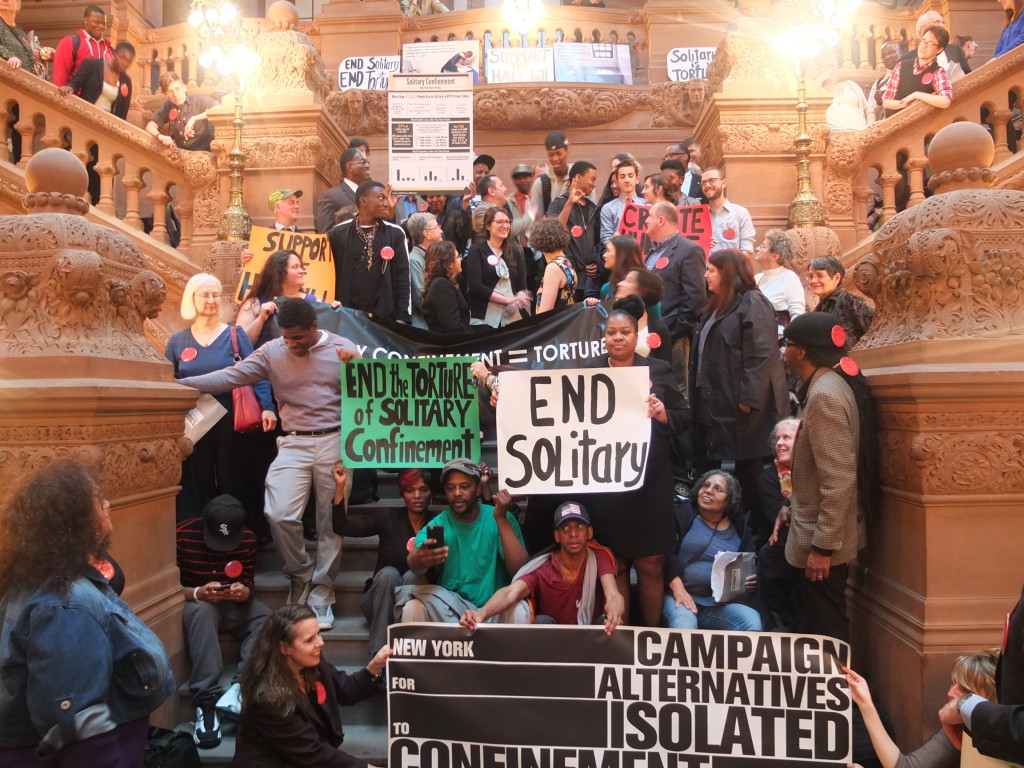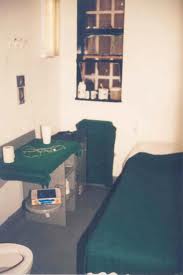By Karen Rouse. Reprinted from WNYC.org.
 More than a dozen activists with the Campaign for Alternatives to Isolated Confinement – a group that opposes the practice of solitary confinement in prisons and jails – rallied on behalf of inmates on Sunday, seeking support for legislation to end a practice they say is inhumane.
More than a dozen activists with the Campaign for Alternatives to Isolated Confinement – a group that opposes the practice of solitary confinement in prisons and jails – rallied on behalf of inmates on Sunday, seeking support for legislation to end a practice they say is inhumane.
Scott Paltrowitz, an associate director with the Correctional Association of New York, said solitary confinement, in which inmates are kept alone in a cell for 23 hours a day, for years – with no physical contact with other inmates, or even guards – can cause psychological damage. He said CAIC is one of many groups across the nation seeking restrictions to the practice, such as limiting solitary to no more than 15 consecutive hours at a time.
He said inmates who are violent can be separated from the general population without having to endure years of isolation.
The group plans to rally on the 23rd day of each month at different locations, to bring attention to the 23 hours a day inmates in solitary spend alone.
Click here to listen to the radio story.




 The head of the troubled New York City jail system said Thursday it’s critical to send mentally ill inmates to treatment programs instead of a lockup.
The head of the troubled New York City jail system said Thursday it’s critical to send mentally ill inmates to treatment programs instead of a lockup.
Follow the #HALTsolitary Campaign